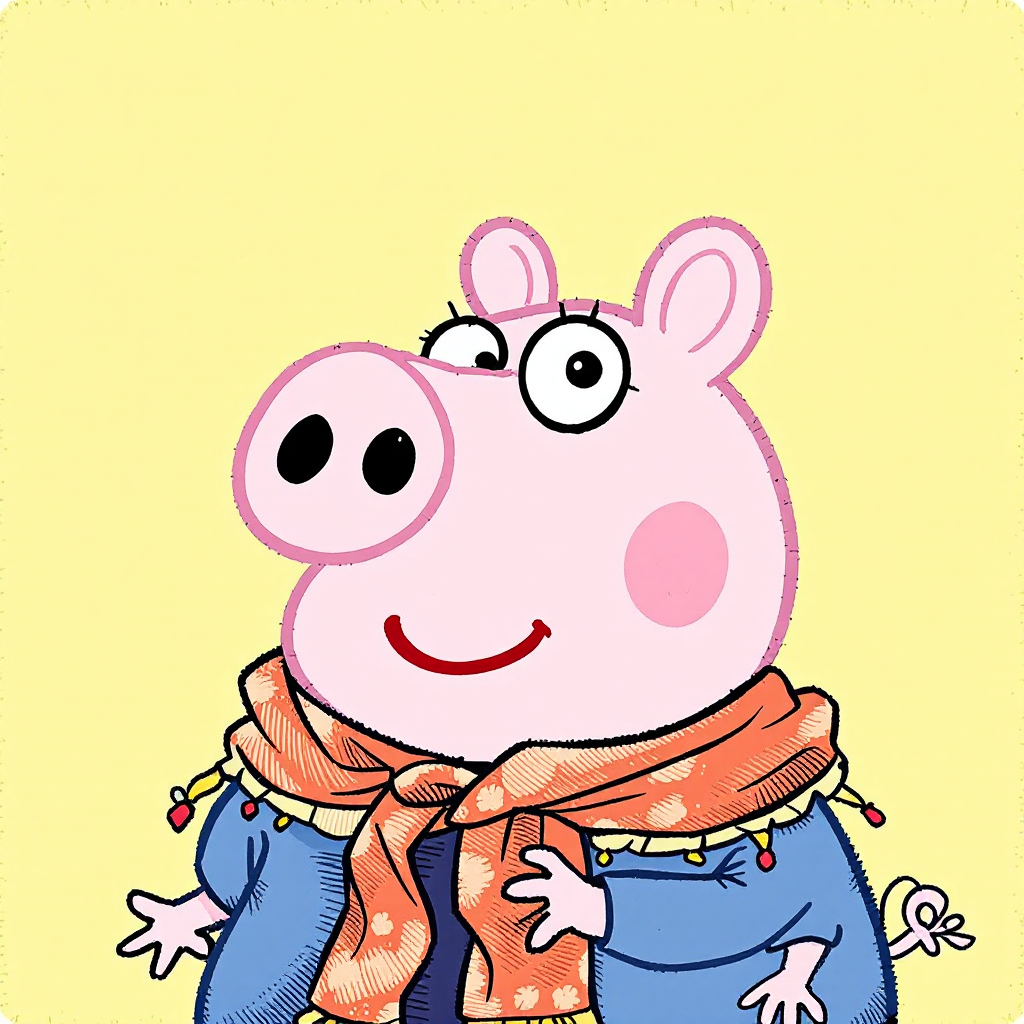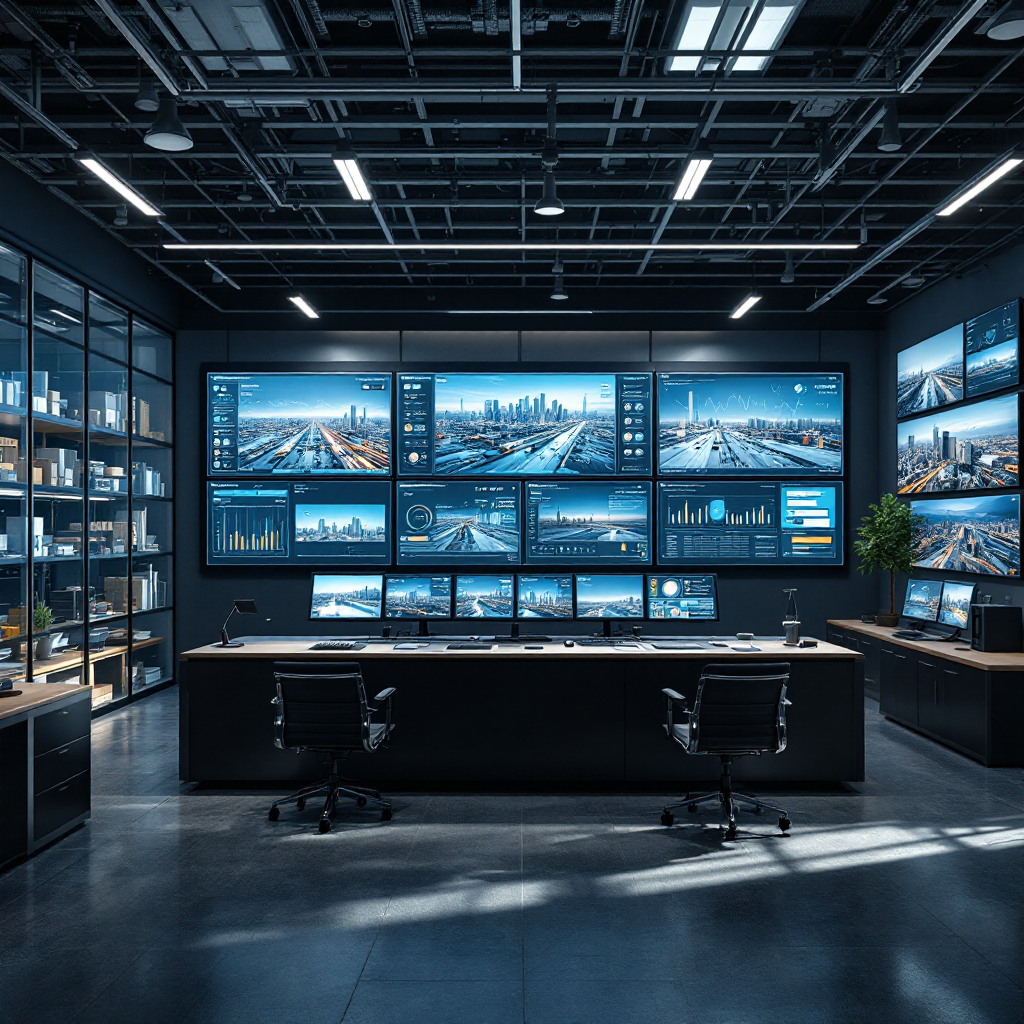AI video analytics in abattoir and slaughterhouse for the meat industry
AI video analytics describes the use of AI to analyse visual feeds from cameras and turn them into actionable signals on the floor. In a modern abattoir or slaughterhouse the system will monitor carcass progression, classify cuts, and flag anomalies as items move through each station. For example, a synced camera array can recognise a carcass type, tag the position for downstream processing, and publish events to plant dashboards. This approach aligns with Industry 4.0 thinking and supports plant digitisation while increasing production efficiency. The global market context matters here: the AI video analytics market was valued at approximately USD 9.40 billion in 2024 and is expected to reach USD 11.99 billion by 2032 Data Bridge Market Research.
First, the abattoir gains continuous visibility. Second, operators gain evidence for QA and compliance. Third, managers can streamline shift planning and reduce bottleneck risk. Because cameras already exist in many facilities, an ai solution that uses existing feeds cuts deployment time and CAPEX. Visionplatform.ai, for instance, turns CCTV into operational sensors that detect people, vehicles, PPE and custom objects on-site while keeping data local and auditable. This helps plants meet safety requirements and controlled access policies while keeping training data under the processor’s control. In addition, combining computer vision and edge GPU servers enables faster feedback loops on the production line. For plants that must count and monitor staff or throughput, video-based systems replace manual counting with reliable metrics. Finally, this real time visibility supports traceability by creating a visual audit from slaughter to pack, and it reduces risk across the supply chain when incidents require a rapid response.

AI solution and analytics for quality control and inspection by meat processors
Quality control in the meat-processing environment demands precision and speed. Today processors use high-resolution cameras and computer vision models to inspect each cut for bruises, contamination, and improper cuts. An ai model trained on annotated footage recognises defects and classifies them to support quality assurance. Using artificial intelligence to improve inspection allows teams to move from spot checks to full-line coverage, which improves product quality and consistency. A non-destructive video analysis approach can detect surface discolouration and foreign material without touching the product, which helps reduce waste. Research shows non-destructive computer vision approaches can effectively evaluate meat quality and help lower inspection variability PMC review on meat quality evaluation.
Because the system produces both detections and structured metadata, quality teams can analyse inspection data to identify trends and prevent recurring defects. For example, defect clusters tied to a specific shift or tool are visible in dashboards, so managers can act quickly. Furthermore, processors can integrate inspection outputs into quality assurance programs to create verifiable audit trails for buyers and regulators. Using ai-based video analysis also improves detection accuracy over time because models are retrained on site-specific footage. As one review puts it, implementing artificial intelligence to measure meat quality parameters increases traceability and local-market confidence Alvarez‑García (2024). In short, video-based inspection reduces waste and raises product quality while generating data-driven decision-making signals that improve long-term profitability.
AI vision within minutes?
With our no-code platform you can just focus on your data, we’ll do the rest
Automate processing to reduce downtime and bottleneck in medium-sized meat plants
Medium-sized meat plants face unique pressures. They must balance cost-effective operations with limited labour. To cope, many choose to automate repetitive tasks such as deboning and sorting. Robotics paired with AI-powered perception deliver adaptive cutting and consistent portioning across variable carcass sizes. Robots operate continuously and reduce human fatigue, which in turn reduces errors that can cause rejects. When plants automate key stations they often see noticeable gains in throughput and production efficiency. As research suggests, artificial intelligence-driven automation is how the sector can reach the next level of efficiency PMC on AI-driven automation.
Meanwhile, predictive maintenance keeps lines moving. AI systems can monitor vibration, temperature, and visual cues from machinery to predict failures before they cause unplanned stoppages. This reduces downtime and lowers maintenance costs. For medium-sized meat operations, a staged rollout that first targets deboning and then expands to packing limits disruption while delivering measurable gains. A cost-effective deployment will often run on a single GPU server or on edge devices, and it will publish events to existing VMS and BI tools so automation benefits both operations and security teams. Systems like Visionplatform.ai emphasise on-prem processing and event streaming so data stays local while teams use MQTT to power OEE dashboards and operational alerts. By combining robotics, computer vision models, and on-site inference, plants can identify bottleneck points on the production line and act quickly to eliminate them.
Anomaly detection and audit using artificial intelligence to improve food safety
Anomaly detection plays a central role in food safety programs. Systems monitor the line to detect foreign materials, hygiene lapses, and non-compliance with safety requirements. When an anomaly occurs, real-time alerts notify operators and automatically create an audit entry for follow-up. This automated audit trail makes audits faster and verifiable during inspections. In addition, integrating traceability with video evidence shortens incident investigations. Traceability systems that include visual feeds accelerate recall response and limit exposure across the supply chain. For example, AI-based traceability helps map product movements and speeds containment when contamination is detected MDPI on innovative technologies.
Using artificial intelligence to improve detection also increases detection accuracy for rare events that humans can miss. Anomaly detection models can flag small foreign objects or irregular worker behaviour that signals hygiene breaches. The system then links the video clip to the corresponding batch metadata so QA teams can see what happened and when. This creates a verifiable chain of evidence from raw material to pack. In practice, process anomaly detectors cut average incident investigation time and help teams prioritise high-risk events. For operations, ai is used to turn passive CCTV into a proactive audit capability. In addition, combining automated audit logs with controlled access and on-site processing meets regulatory and EU AI Act concerns while keeping investigations fast and defensible.

AI vision within minutes?
With our no-code platform you can just focus on your data, we’ll do the rest
Integrate camera systems and AI-powered traceability for operational efficiency
To get full value, plants must integrate camera systems across zones so every critical step has visual coverage. Multi-angle cameras on the line capture cuts, weights, and labelling. Then computer vision models annotate each frame with metadata such as SKU, lot number, and operator ID. When systems publish that metadata into enterprise systems, teams gain repeatable traceability and can streamline audits. In practice, the most successful deployments integrate with existing VMS and plant software, avoiding disruptive rip-and-replace projects. Visionplatform.ai supports common VMS and streams events over MQTT so teams can feed data into BI and SCADA without exposing footage to the cloud.
Video analysis of flow and timing pinpoints where the production line slows down. For instance, a persistent pause before packing points to an equipment mismatch or staffing gap. Leaders can then reassign resources or adjust line speed to improve throughput. In addition, visual tracking supports supply chain hand-offs because each unit carries a visual timestamp that links to shipment records. This improves transparency with downstream partners and helps reduce costly recalls. Finally, on-site processing on a GPU ensures low-latency detection and keeps sensitive footage local. The result is a verifiable, auditable traceability loop that boosts operational processes, streamlines reporting, and raises overall production efficiency.
Detect welfare issues and ensure animal welfare with AI video analytics
Animal welfare is central to modern meat and poultry operations. AI can monitor behaviour in holding pens and on the line to recognise stress signs and unusual movement. Early alerts let staff intervene before issues escalate, which helps meet welfare standards and maintain QA. For example, systems that count and monitor animal movement can highlight agitation during lairage so teams can adjust handling methods. This automated oversight also replaces manual counting and subjective observations with consistent measurement.
Furthermore, humane handling improves product quality and supports consumer trust. A verifiable record of welfare checks demonstrates compliance and improves transparency for buyers. By applying computer vision models that recognise posture and gait, processors can detect welfare breaches and generate an audit record. In turn, this helps processors meet regulatory expectations and internal policies. For medium-sized meat operations, using ai to monitor welfare offers a cost-effective path to stronger compliance and better outcomes. Finally, when teams combine welfare data with meat quality metrics, they gain a fuller picture that links humane handling to product quality and profitability.
FAQ
What is AI video analytics and how does it apply to meat plants?
AI video analytics turns camera footage into structured events using AI and computer vision. In meat plants it supports inspection, traceability, and operational monitoring by flagging defects, generating metadata, and creating visual audit trails.
Can AI systems detect contamination and foreign objects?
Yes. Modern computer vision models can detect foreign materials and unusual items on the line with high detection accuracy. These systems trigger real-time alerts and attach video clips to audit logs so QA can act quickly.
Do these systems work in medium-sized meat plants?
They do. A staged rollout that focuses on high-impact stations such as deboning and packing is cost-effective. Many solutions run on a single GPU or edge device, which keeps deployment simple for medium-sized meat operations.
How do AI and robotics reduce downtime?
Robotics deliver consistent performance and remove fatigue-related errors from repetitive tasks. Combined with predictive maintenance driven by video and sensor data, AI helps prevent unplanned stoppages and reduce downtime.
Will video analytics help with traceability?
Yes. Cameras create visual timestamps and metadata that link product flow to batches and shipments. This visual traceability speeds recall response and makes investigations more verifiable.
Are these systems compliant with data protection rules?
On-site, edge-first solutions help keep data local and auditable to meet GDPR and EU AI Act expectations. Platforms that let you own models and datasets further reduce compliance risk.
How do I measure ROI from an AI deployment?
Measure reductions in rejects, the time to investigate incidents, and gains in throughput. Also track lower labour costs for repetitive tasks and improvements in production efficiency and profitability.
Can AI improve animal welfare on the line?
Yes. AI can recognise stress indicators and abnormal behaviour so staff can intervene promptly. These verifiable records then support welfare audits and buyer requirements.
How do these solutions integrate with existing VMS and BI tools?
Many platforms integrate via ONVIF/RTSP, webhooks, and MQTT so event streams feed into VMS and BI systems. This lets teams operationalise video detections across security and production dashboards.
What is the difference between inspection and anomaly detection?
Inspection focuses on routine checks for product quality such as bruises or cuts. Anomaly detection finds unexpected events, such as hygiene lapses or foreign objects, and prioritises unusual or high-risk incidents for review.

